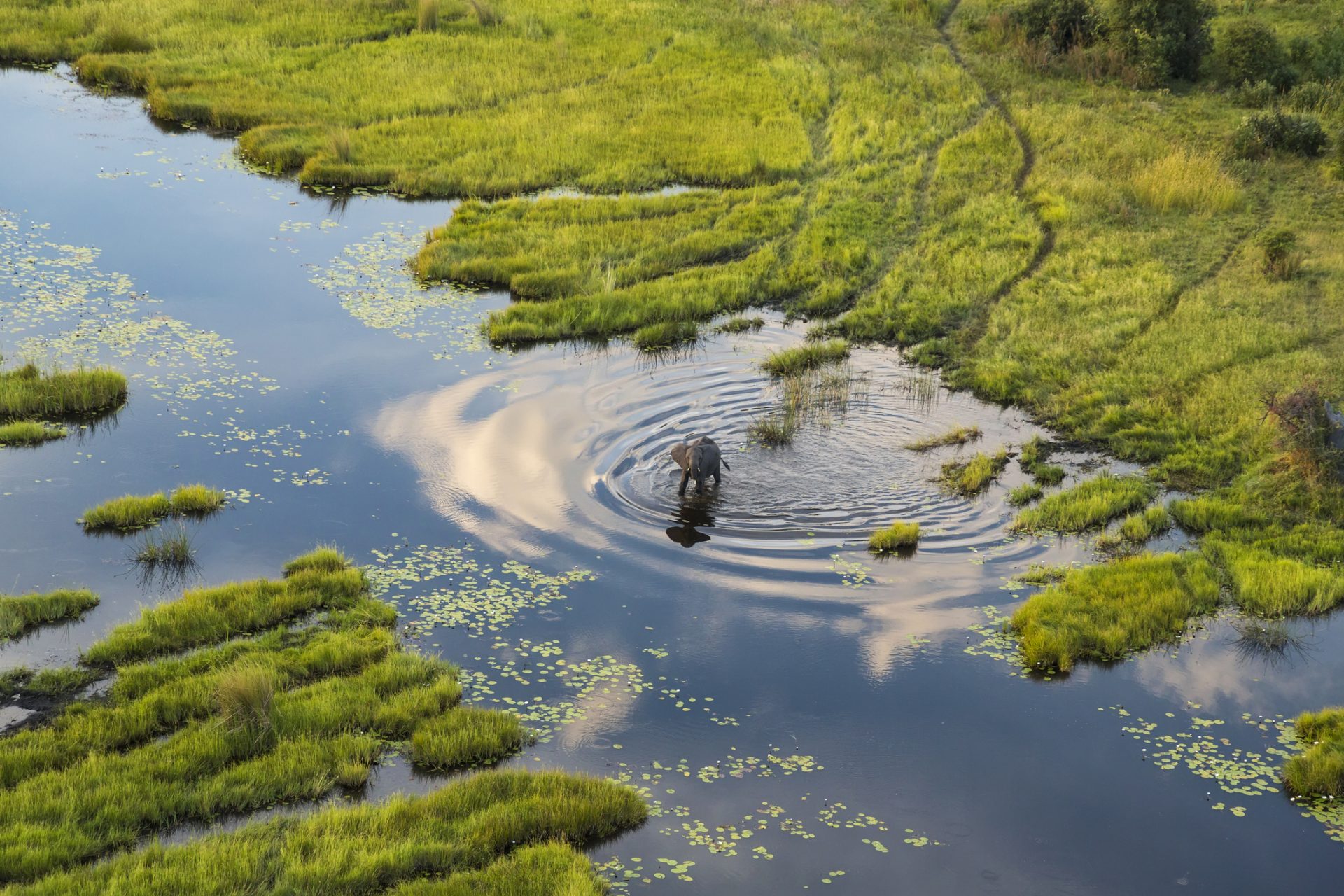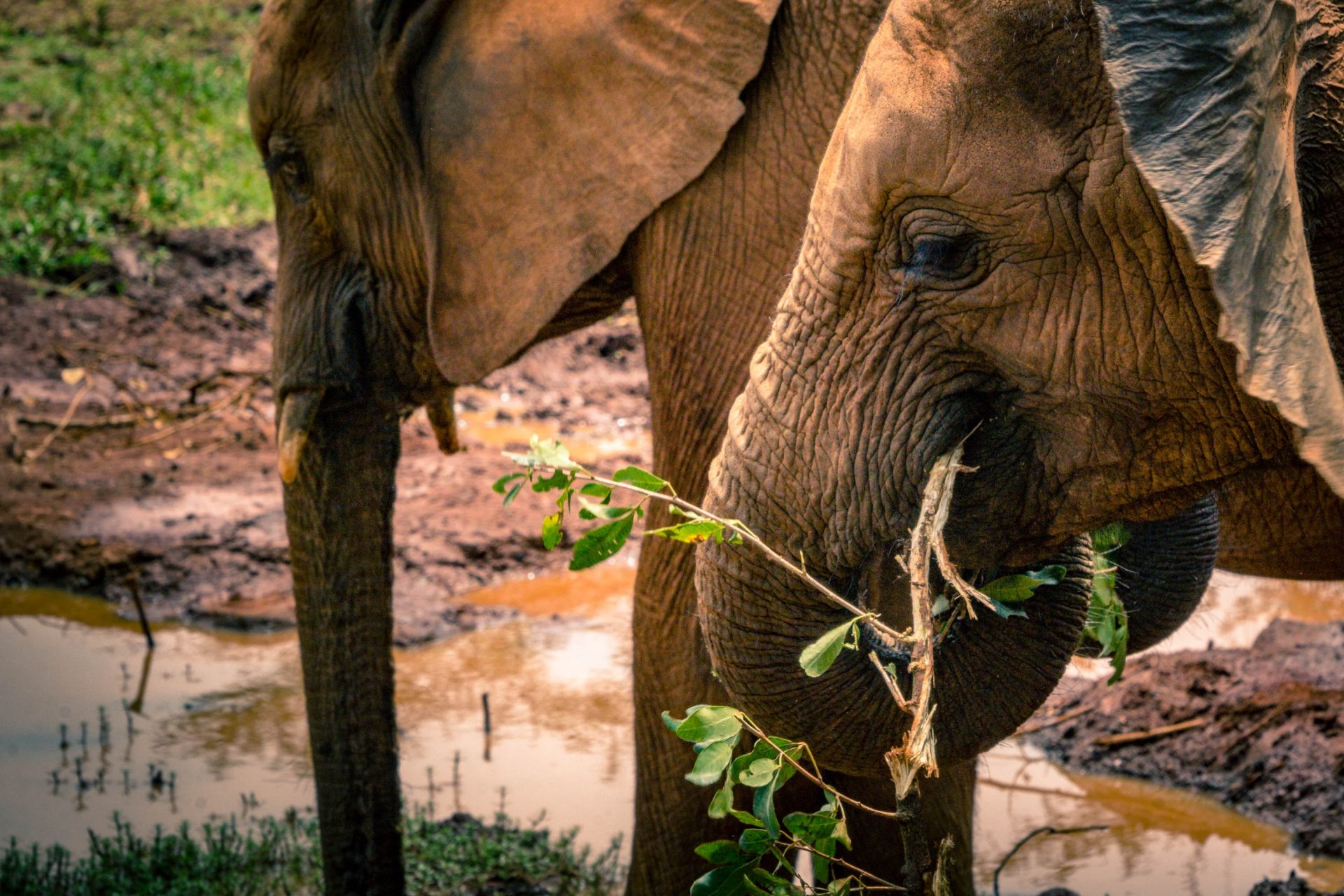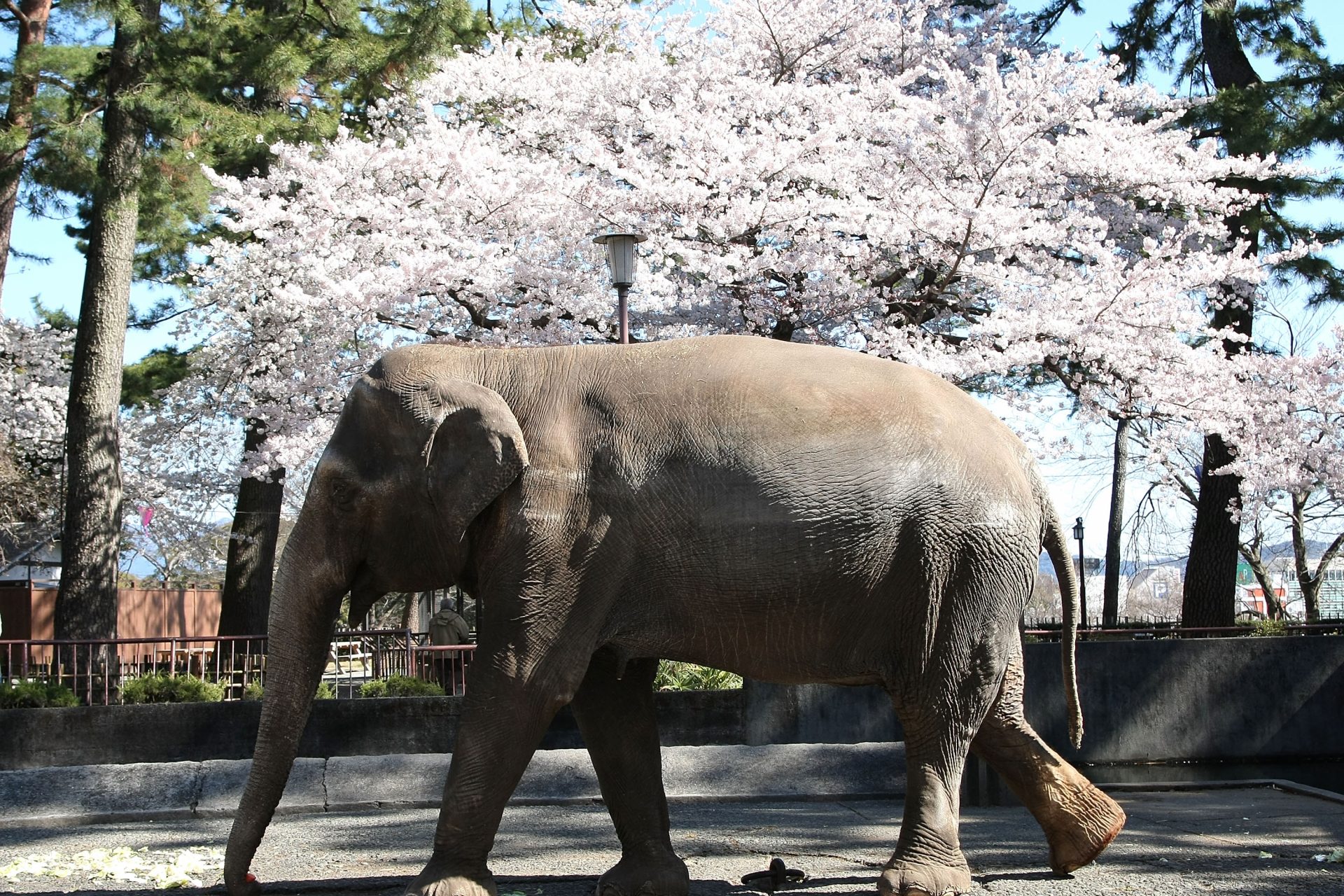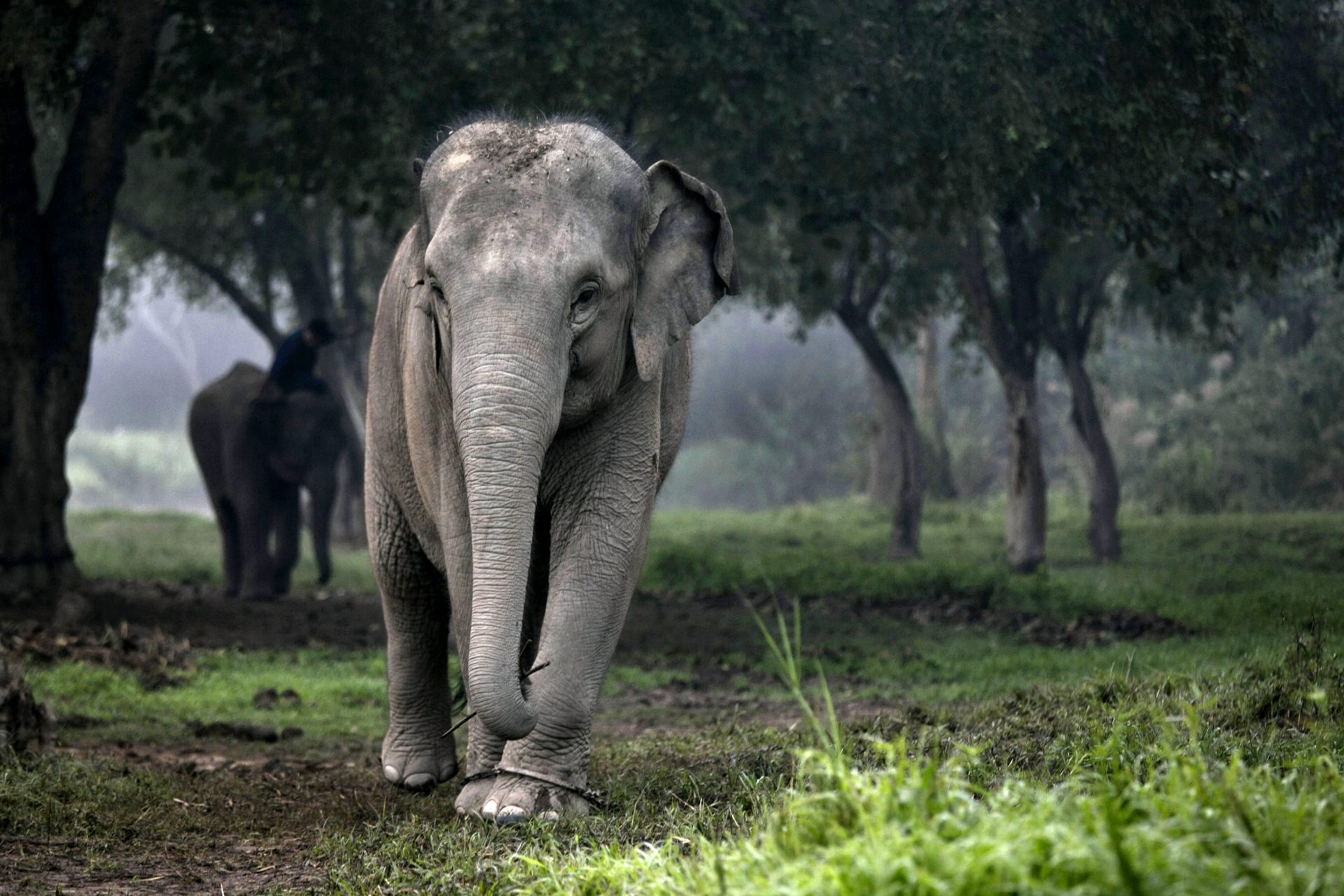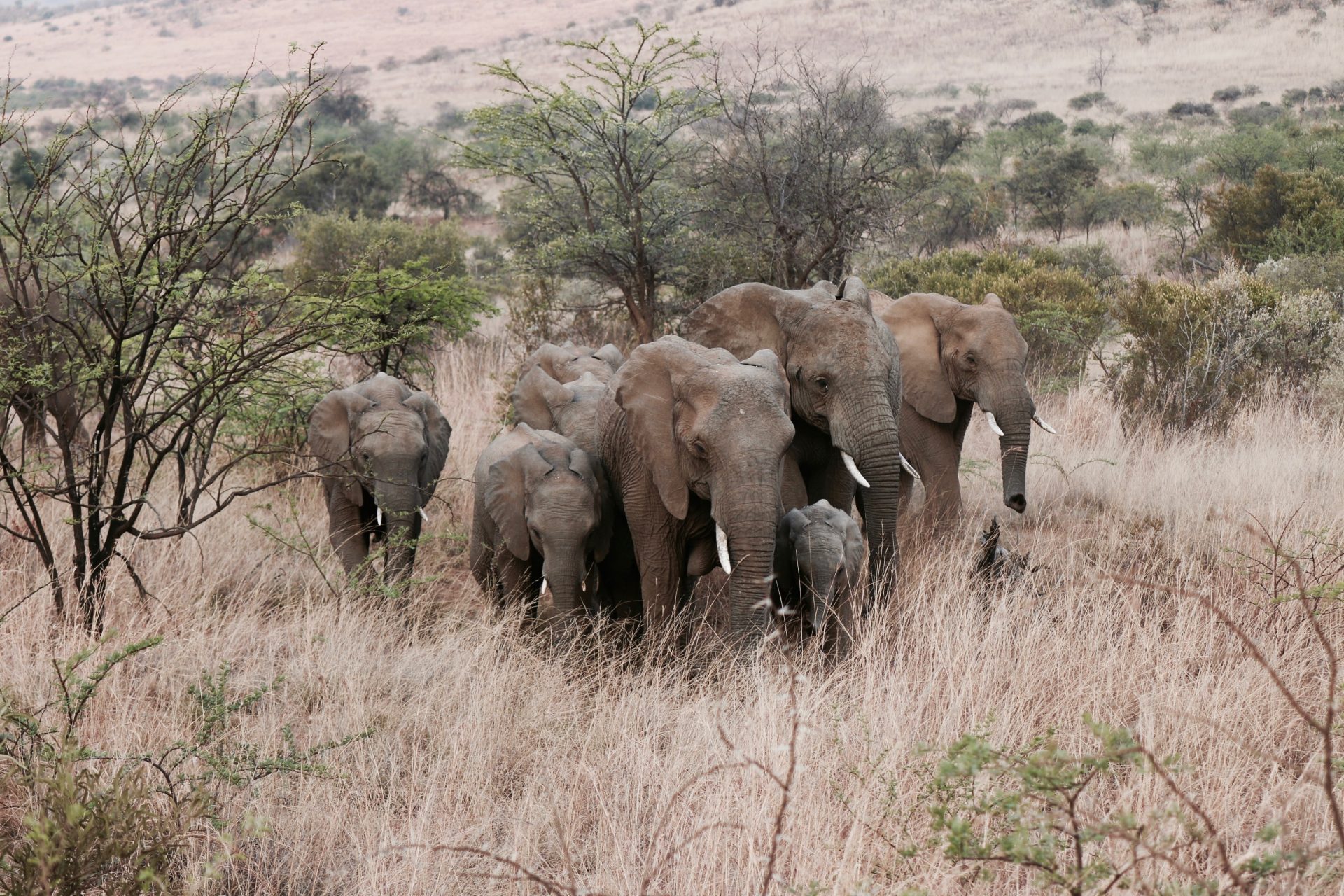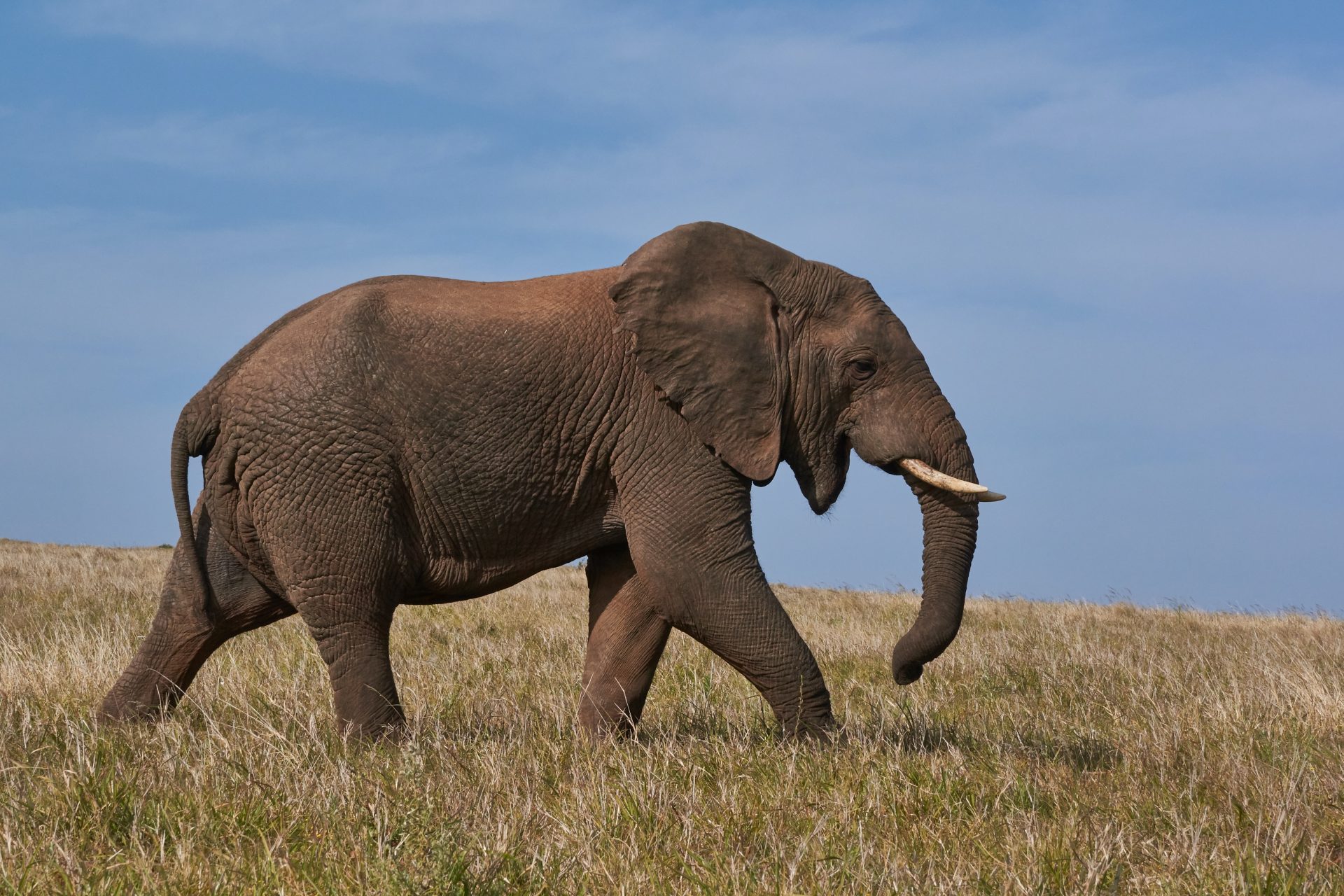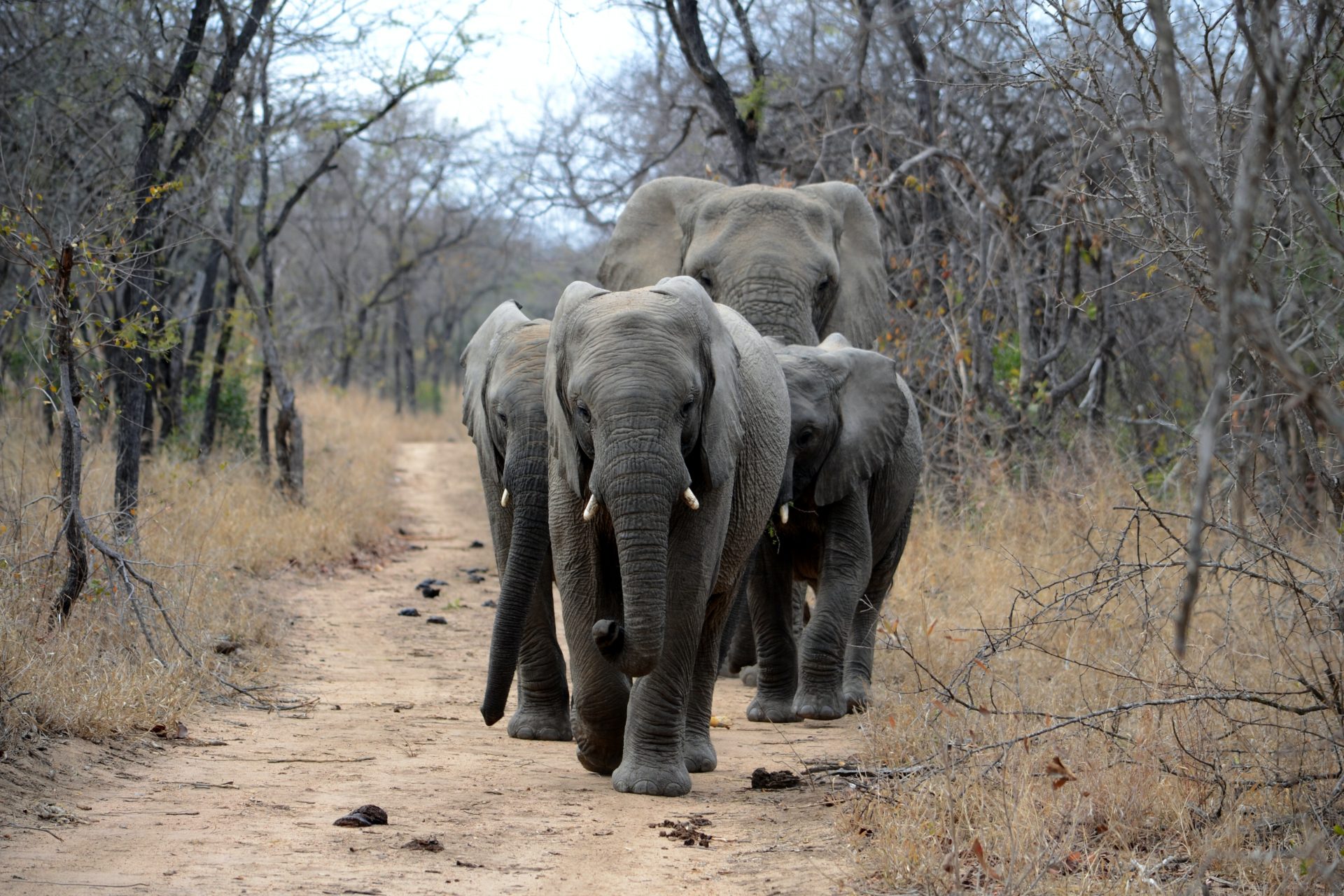Researchers made a weird new discovery about elephants
Researchers studying an elephant herd in East Africa to better understand social bonds among the animals accidentally made a surprising discovery about their diets that they didn't expect.
The elephants appeared to vary the things that they would eat based on their preferences in a way that was similar to how humans change what they eat based on their preferences. Here's how the discovery was made.
Photo by Alex Mercado on Unsplash
The original purpose of the researchers was to answer the age-old question: “How do social bonds hold family groups together in a world of limited resources?” according to what Assistant Biology Professor at Brown University Tyler Kartzinal said in a statement.
Two groups of elephants were being studied by a team of global researchers in Kenya to see if they could find new ways to help elephant populations grow more sustainably.
However, instead of finding an answer to their original questions, the researchers stumbled upon a different discovery regarding the two elephant herds and their quirky social behaviors.
Photo by Will Shirley on Unsplash
While trying to answer how social bonds were keeping family groups together in Kenya despite the resource pressures, the researchers found that the elephants of the herds did not eat the same things in a day but rather had diets that were quite varied.
Researchers used a method known as stable isotope analysis to study the elephants and their diets but it didn’t work out as planned. They couldn’t identify the plant life being consumed by the animals, so they turned to older fecal samples for some help.
A few of the scientists involved in the research had studied the same group of elephants two decades early and combined analysis of the elephant poop with their stable isotope analysis and GPS tracking data to locate the plants they believed were being eaten.
DNA sequencing was used to match up sample plants with what was thought to be the plants the elephant groups were eating, and then that data was used to track what the groups were eating over time. This is how the researchers discovered the elephants had varied diets.
It was revealed that individual elephants had a far greater variety of plants in their diets than researchers had previously predicted, even when they had spent their day foraging with other family members in the same locations.
This discovery led the researchers to suggest that the elephants weren’t merely eating to fill their stomachs but that individuals were seeking out the types of plants based on their preferences or their individual nutritional needs.
One example given based on the press release from Brown University cited pregnancy as one of the reasons some elephants might seek out different types of plants for consumption when socially foraging with the rest of the herd as opposed to what other elephants were eating.
Interestingly, one of the elephant groups studied was far more individualistic in its plant consumption choices than the other, and researchers theorized it was because that group was the dominant family, and as such, they may have had better access to desirable habitats.
Better access to more resource-abundant land may have been why the dominant group of elephants developed more individualistic diets, though the researchers also theorized that differences in reproductive states could have necessitated different resource needs in the group.
Although the findings weren’t exactly what the researchers were planning to learn, they will help future efforts to ensure elephant populations grow at healthy and sustainable rates according to the press release from Brown and Professor Kartzinal.
“Wildlife populations need access to diverse dietary resources to prosper,” Kartzinel said. “Each elephant needs variety, a little bit of spice—not literally in their food, but in their dietary habits.”
A study on the findings was published by the researchers in the journal Royal Society Open Science in June, adding to the growing wealth of knowledge we have about the peculiar social behavior of the world's remaining elephant populations.
Photo by Simon Greenwood on Unsplash
More for you
Top Stories



